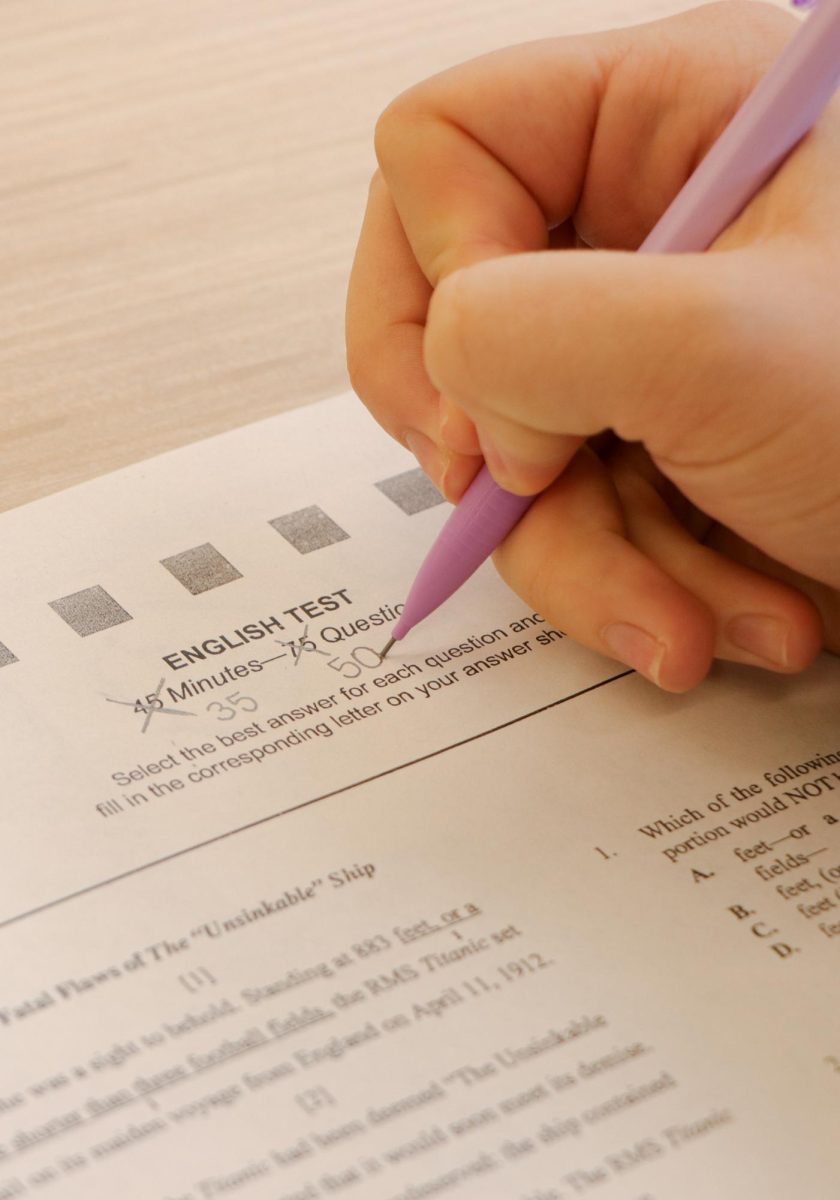The ACT, a crucial component of college applications for many high school students is undergoing a large transformation. A recent change to the test format has sparked discussion among educators, students, and parents alike. This article explains what the future of standardized testing looks like for ACT takers.
Starting in 2025 for online test-takers and extending to school-day testing in 2026 the ACT will introduce several new changes. One of the most notable changes is going to be the option to disregard the science section, this change is being made to make the test more manageable and flexible for students. This adaptation aims to address the concerns regarding the amount of time you get for large amounts of questions and the stress that accompanies it.
“The ACT is a very lengthy exam and since the science portion is the 4th portion of the test, many students have testing fatigue by the time they get to Science,” Biology teacher Nicole Kinzer said. “With that being said, the science portion assesses critical thinking and problem-solving skills. Students who are looking for any type of STEM career will benefit from the science portion of the test. The ACT’s approach to assess science skills promotes literacy and data interpretation which are skills needed in any future career,” she said.
Seniors also have their own opinions regarding this change. After asking if she was envious or disappointed that this change was being made for future students senior Kadyn Herrera said “It was more to put on me when I had to take the ACT compared to the people who will take it in the future.”
This sentiment is common among seniors, as senior Elise Katafiasz said “I am a little disappointed to see it go.” The change will better help with the stress the ACT might cause for future test takers.
The overall duration of the test will decrease from three hours to two hours giving students more time to answer each question. This change is a result of the total number of questions being reduced from 215 to 171—a total decrease of 44 questions. The changes made slightly mimic the already shorter SAT.
In addition to these changes, the ACT will feature shorter passages in both the English and Reading sections of the test. These passages can take up a large portion of your time to answer questions. The shortening of them will alleviate the anxiety they can cause.
According to ACT representatives, when choosing not to take the science portion of the test your composite score will be minimally affected to ensure that the assessment of a student’s academic abilities stays fair.
These changes are part of a broader effort to modernize today’s testing and to become more closely aligned with the expectations of today’s educators and students.
As the changes are put into effect all of those associated with the test whether you’re an educator or a student, should become more familiar with the new format and should consider how test preparation may be different.













